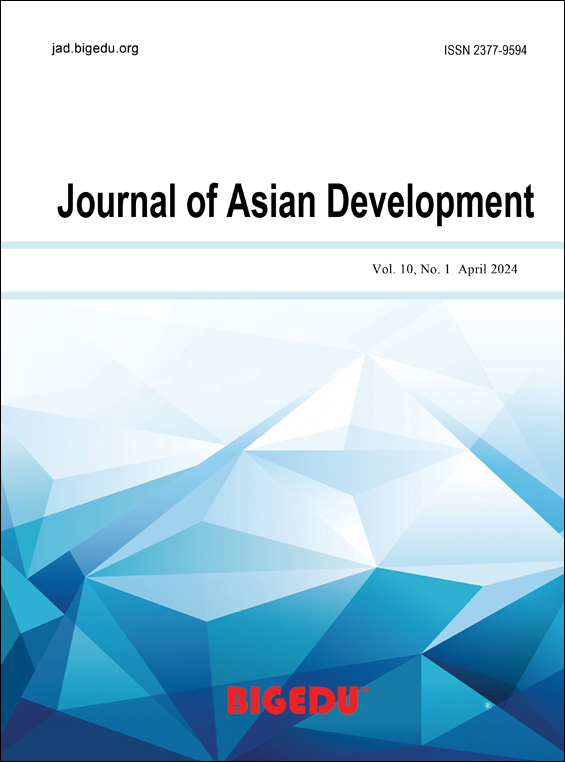Heterogeneity in the Effects of Group Lending in Microfinance-The Case of Mongolia
DOI:
https://doi.org/10.52941/jad.v8i1.25Keywords:
Group lending, Microfinance, Causal forestAbstract
This study examines the heterogeneity of the effects of the joint and several liability systems of microfinance in Mongolia. The heterogeneity was examined from three perspectives: consumption, repayment rate, and income.
In terms of business income and business expenditure, the older the household, the greater the number of loans, and the more private businesses the household owns, the greater the business expenditure. For household consumption, there is no difference between group and individual lending except in the number of private businesses, but when we restrict the analysis to food consumption, group lending increases food consumption more for households with more than one borrower and borrowers with longer borrowing periods. While more variable heterogeneity was found for the whole sample, only age and borrowing duration were found to affect household income across different types of microfinance for the poorest households with below median household income. The results of this study suggest that even if there was no significant difference in each attribute between the treatment and control groups, joint and several liabilities may or may not be effective depending on the level of the attribute. To maximize the effect of a simple measure, it is important to understand the factors that affect heterogeneity and the effective level of the heterogeneity. Even if a measure is not effective, it may become effective if the level of the attribute changes.
Downloads
Published
How to Cite
Issue
Section
License
Copyright (c) 2021 Takaharu Ishii

This work is licensed under a Creative Commons Attribution-NonCommercial 4.0 International License.
Copyrights of all articles published in Bigedu Foundation are retained by the authors, with first publication rights granted to the journal. The journal/publisher is not responsible for subsequent uses of the work.
All articles are published under the Creative Commons Attribution (CC-BY) license.
Authors have the rights to reuse, republish, archive, and distribute their own articles after publication, and undertake to permit others to distribute, remix, adapt, and build upon this work non-commercially provided the original work is properly cited. The full guidance that applies to the CC-BY license can be found at http://creativecommons.org/licenses/by/4.0/







